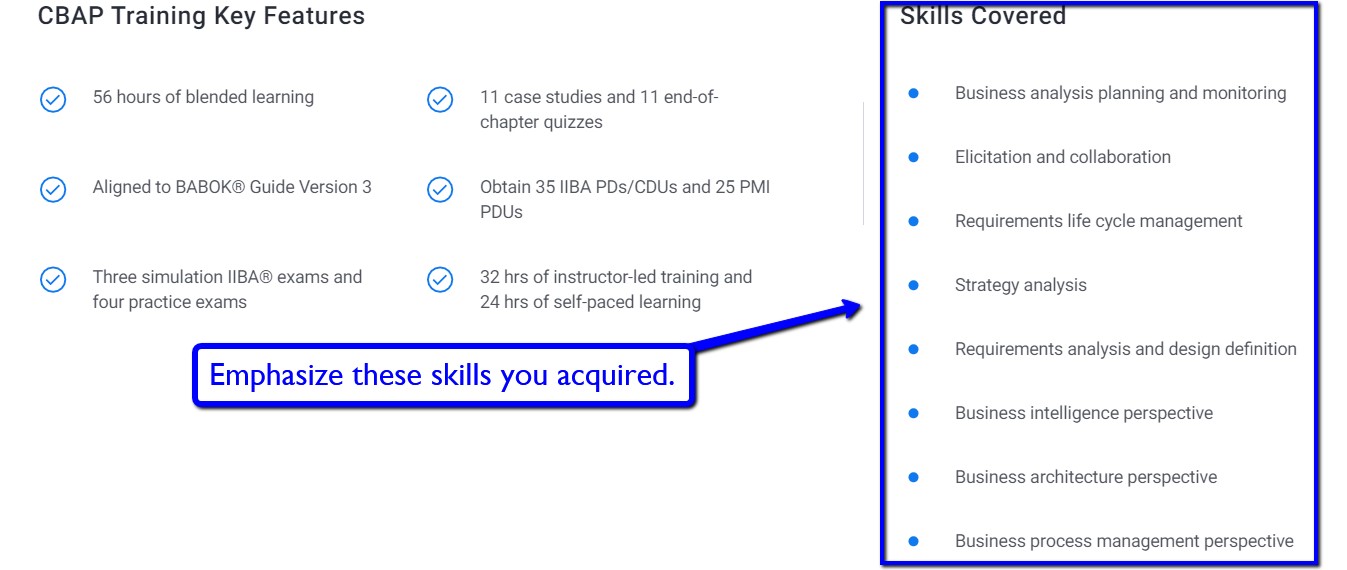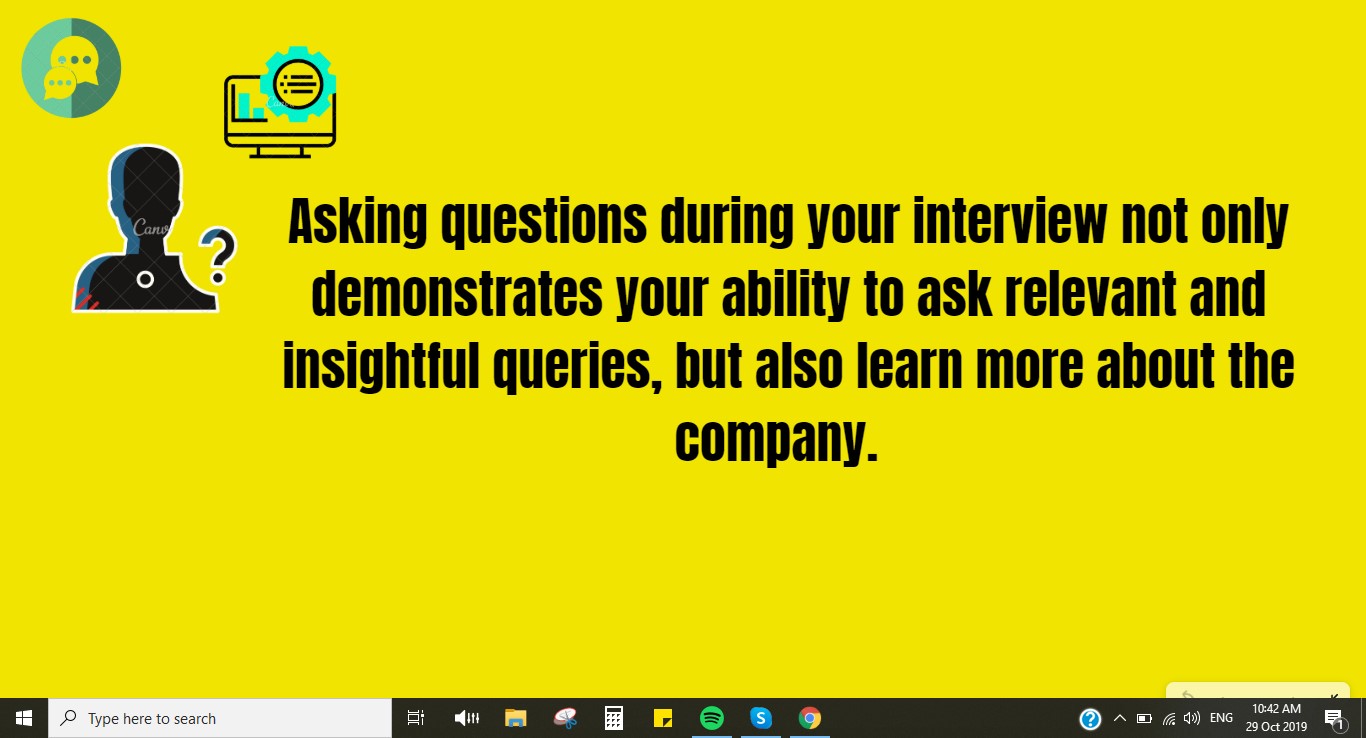Business Process Changes During a Pandemic
What a difference a couple of months can make! I visited a doctor’s office in early March to treat a broken finger before the covid-19 shutdowns had begun across America.
Like any other clinic, no one wore masks. There were no social distancing measures in place. My doctor extended his hand to shake mine (I gave him an elbow bump in return). There was hand sanitizer available, but that had been the practice over several years of flu outbreaks.
Fast forward two months and consider a follow-up appointment of mine in mid-May. Walking into the clinic was comforting because all the staff and other patients had masks on (but also a little disconcerting). Extensive signage told us the rules, such as waiting in line 6 feet apart. Several chairs in the waiting area were blocked off to enforce social distancing. There were boxes for sanitized and for “used” pens to reduce the spread of germs.
Another change from March was the presence of a “scribe” to assist the doctor with recording notes and observations. This procedure is still relatively new to medicine and may or may not have been precipitated by the pandemic. Still, it was a noticeable change from March, and given my love of process, I even mentioned it to the two of them. My non-expert view is it may reduce the spread of germs since the doctor does not need to handle a computer during a visit.
By now you may be wondering what this has to do with process change. Consider the following five categories for any business which must interact in person with its customers, whether or not they may be ill.
1. Increased risk and liability.
When governmental shutdowns and sheltering in place began, medical facilities closed too. My original follow-up appointment in April was cancelled because of the shutdown. Running a business during a pandemic increases the risk that customers and employees may infect others or may become infected themselves. Visiting or working at a business during a pandemic, whether a clinic or grocery store or gas station, involves some risk.
But what about a medical clinic or emergency room in which a visit is not exactly optional? If an establishment is lax in their procedures or can be shown to be negligent in protecting patients, then a lawsuit may be the result. In short, heightened risks during a pandemic are strong incentives for strengthening business processes to avoid liability.
2. Procedure complications.
The clinic I attended in May had some visible procedure changes and I am sure there were many I could not observe. The physical space was altered with extensive signage and floor markings to encourage social distancing. Simple procedures to provide “clean” and “used” pens for patient safety were small but thoughtful (and appreciated) steps added to the clinic’s daily routine. When I had an x-ray in March for my finger, they simply plopped my hand down on the machine. Two months later a staff person was there to sanitize the surface for my x-ray and undoubtedly before the next patient. Those were just some of the noticeable changes. I am sure the clinic, like airlines, drug stores, or post offices to name a few, must perform additional cleaning and sanitizing not needed pre-pandemic.
3. Increased communications.
Before my visit I received numerous texts and emails explaining what to expect and what was required during my visit. Most of the messaging pertained to wearing masks and distancing which was not done two months ago. It was comforting to me as the customer to get this communication during the pandemic.
My wife and I recently had some electrical work done at our house. The electrician’s company also sent out several texts and emails about their procedures for protecting us and our house from possible germs. We appreciated that and called to clarify one point.
Setting up the communications for the clinic and the electrician may have been a one-time event, but I am sure it still took many hours to perform. As conditions change, so will the communications need to be altered. Having developed and overseen a great deal of customer communication in my career, I know it is a regular part of business. However, having an external trigger like a pandemic represents opportunity costs and delays other kinds of productive work.
4. Added expense.
The additional processes and procedures mentioned earlier will increase the expense of the business who must perform them. Unless an organization has excess capacity in its workforce, they either need to pay overtime or hire additional employees or contract laborers to do the cleaning and sanitizing. Adding scribes in a clinic to help control germs is an added expense.
The supplies needed to operate in a pandemic also increase expenses. Our local grocery store has added plastic barriers in addition to supplying employees with protective masks and sanitizing supplies. They spray and disinfect the check-out lanes between each customer, adding to their expense.
5. Reduced revenue and profits.
With an increase in cost and potentially a decrease in revenue, profits are bound to decrease. Some examples include:
- Reduced number of patient appointments in a medical clinic to maintain distancing.
- A national warehouse store we shop at limits the number of customers in their store at any one time to minimize spreading of infections. They still have a steady stream of people waiting to get in, having waited in line with scores of others 45 minutes to access the store recently.
- Training companies like ours will need to limit attendees to in-person classes to allow proper distancing or will be forced to conduct virtual-only classes.
Any business that limits the number of customers for safety reasons will expect a decrease in revenue. That can be mitigated by online sales for retailers or training companies, but some organizations like chiropractors, beauty parlors, or barbershops cannot replicate what they do in an online fashion. Along with an increase in expenses, profits will decrease which in turn will cause other detrimental effects such as layoffs or closures.
A pandemic is a pressing and urgent stimulus for many process changes. Some of the changes will likely disappear in time, such as mask wearing and social distancing. Other changes like increased sanitizing and safety-related communications may be permanent. Organizations hope, of course, that reduced income and profits are temporary and will need to adjust their operations accordingly. You might say there is never a dull moment in process work, but then again, I am a process nerd!







